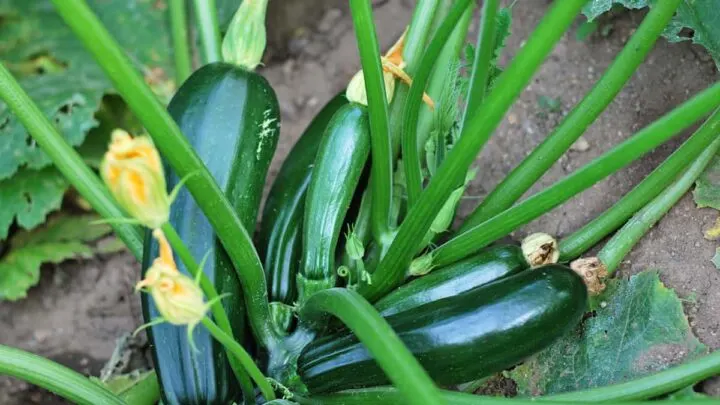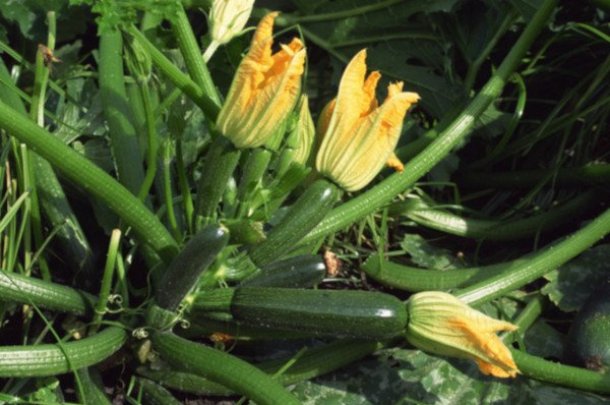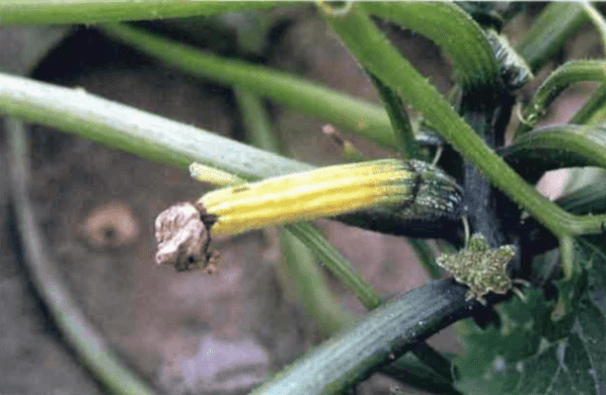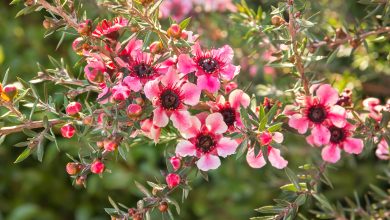How to Prune a Zucchini Plant Step by Step: Complete Guide

Hello farmers! In previous articles we have already seen how to prune a tomato plant, how to grow zucchini in an organic garden and what the most important pests and diseases are.On this occasion, we have to learn how to prune a zucchini plant.

Zucchini plant: characteristics
Its scientific name is Cucurbita pepo and it belongs to the Cucurbitaceae family. As you know, there are many varieties, some larger, others smaller, light green, darker, yellow… In addition, apart from the fruit, there are other parts of the plant that can be used to make salads such as the young leaves or the male flowers. The Arabs were the pioneers in its cultivation and currently the world’s largest producers are: Holland, North America, Morocco, Italy and Spain (Murcia).
The zucchini plant is a creeper with very large leaves, so you will have to be careful that it does not become an invasive plant in your garden. You can also grow it in a kind of vine and let the fruits hang down to make them easier to pick. This vegetable has monoecious flowers, this means that there are flowers with female sexual organs (pistil) and others with male sexual organs (stamens). And only the female flowers will give rise to the zucchini fruit once the ovule inside the pistil has been fertilized by pollen.
As for the weather, it can’t stand sub-zero temperatures. Therefore, you should sow or transplant them when there is no risk of frost. Optimum temperatures are between 18-28º C. They should preferably be in sunny places, since this vegetable requires a lot of light.
Zucchini pruning
Currently, most crops are subjected to pruning operations, although each of them may have different objectives. As we have said before, sometimes we decide not to plant courgettes because they take up a lot of space. However, through good pruning and trellising we can produce them in less space. With pruning we eliminate flowers, fruits and leaves, mainly, as well as secondary sprouts that may appear due to excessive development, in certain varieties.
Advantages of pruning
- Improve plant aeration, reducing favorable conditions for the attack of cryptogamic diseases (caused by fungi and filamentous organisms) and insects.
- Facilitate the other tasks of the garden, balancing the vegetative part of the plant.
- Removing damaged or diseased leaves, fruit, and parts reduces the likelihood of pest and disease development.
Main drawbacks
- Increase in manpower. In other words, personnel are needed to carry out this task.
- Sometimes, in the places where the cuts are made, an infection of the fungus botrytis can appear
- Excessive cutting of leaves can reduce production.
Different types of zucchini pruning
Different types of pruning are usually carried out:
- PRUNING OF SPROUTS: The pruning of shoots consists of eliminating the secondary shoots. Normally the zucchini varieties issue a single guide. But, sometimes, with excessive nitrogen fertilization, some of these varieties can produce secondary shoots. These shoots will produce fruit of poorer quality.
- LEAF PRUNING: The lower leaves and those that are older (as seen in the video) should be cut. This will allow us to achieve greater light and aeration in the plant (important to avoid fungal infections). To do this, clean cuts will be made when the environment is dry. It is not recommended to remove the upper leaves since the sun can damage the fruits, hardening them.
- PRUNING OF FRUITS: We must not forget to eliminate those fruits that we see damaged, with diseases or pests. This type of pruning will allow the rest of the fruits to develop better.

It is recommended to apply some treatment after pruning to prevent the appearance of fungi. I recommend an article on organic fungicides for the garden.
When should you prune zucchini?
As Roche, J. advises us:
- The shoots to be eliminated must be cut as soon as possible to avoid loss of plant material and possible physiological imbalances, if they are cut too developed.
- It is preferable to do the pruning in the morning since healing is faster than if it is done in the evening.
- Leaf pruning begins approximately 1.5 months after sprouting.
Thanks to the trellising, we will ensure that the courgettes grow upwards (taking up less space) and that they spoil much less as they do not touch the ground.
This is all for today, I hope it helps you to have some beautiful zucchini in the garden. I remind you that you can send us photos of your orchards in the comments and see you in the next article!
Have a nice day




![Photo of Irrigation of the Kiri: [Needs, Frequency and Procedure]](https://www.complete-gardening.com/wp-content/uploads/2021/06/Paulownia_tomentosa_1623285675-390x220.jpg)